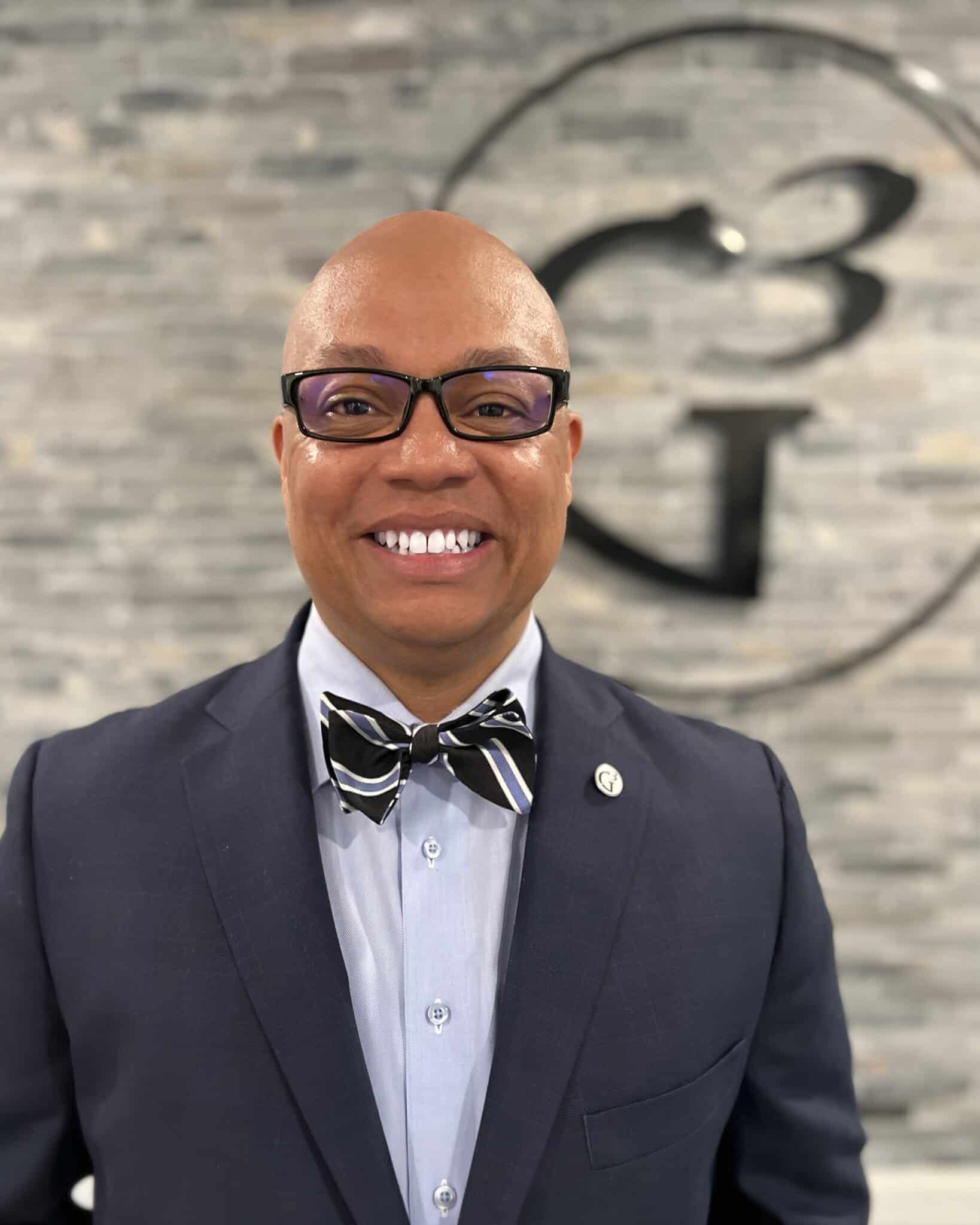As judge Ketanji Brown Jackson enters the final stage of her confirmation hearing before the senate judiciary committee, my thoughts race back to the announcement of the selection process. Upon learning of the retirement of Supreme Court Justice Stephen Beyer, President Joe Biden took to the podium to announce the qualification for the next appointment to the bench.
Biden said, “The person I will nominate will be someone with extraordinary qualifications, character, experience, and integrity. . . . And that person will be the first Black woman ever nominated to the United States Supreme Court. It’s long overdue, in my view. I made that commitment during the campaign for president, and I will keep that commitment.”
My first thought regarded the presupposition in his statement, “it’s long overdue.” Who knew that there was a timetable for a specific ethnic group to assume a position on the Supreme Court? If this is true, wouldn’t Justice Thomas fulfill that timetable? Maybe what Biden meant was someone of a specific gender. We know that women have served and are currently serving on the Supreme Court. However, considering the failure of the current administration’s ability to determine a clear definition for man and woman, there might be difficulty with this fact. But I digress.
Why was the signaling of ethnicity and gender important during this announcement? Well, it’s simple politics.
Gone are the days when Joe Biden could simply tell a story about Corn Pop—the neighborhood bully—and ingratiate himself to a predominately Black audience. Gone also are the days of telling radio hosts that they “ain’t Black if they don’t vote for him.” When the aforementioned Black colloquialism fell flat, Biden began using fear to attract minorities, leveraging buzz words like Jim Crow 2.0 to scare blacks about voting bills that will keep elections fair and accessible.
Any hire is tainted when ethnicity and gender are used as a criterion to qualify.
When these manipulative tactics failed, the next move required something more substantial as groups that helped to elect Joe Biden were looking for more.
This Court nomination allowed Joe Biden to offer a fig leaf to the Black Lives Matter constituency, who has felt left out since Biden took office. With the nomination of Ketanji Jackson, Biden hopes to renew excitement within groups like these by using two words they understand—Black and Woman. Unfortunately, even this move is more manipulation, as groups like these will settle for the “First Black ___________” while never considering the outcome of such an appointment. To say the least, Joe Biden’s “first Black” picks have been disappointing, proving that there’s more to selecting a candidate than melanin count.
Imagine for a moment if Biden has simply said, “The person I will nominate will be someone with extraordinary qualifications, character, experience, and integrity.” Can you imagine the breath of fresh air we would have experienced if he had stopped there?
Perhaps we would not have wall-to-wall coverage about the ethnicity of the nominee. There would be no need to have lawmakers concerned that any question about judicial temperament and philosophy would be considered racist. While it’s unclear that affirmative action programs were required for Ketanji Brown Jackson to be in this position, the mere existence of such programs and how she was nominated (based on her ethnicity) raises questions.
Affirmative Action History
Affirmative Action began in 1961 with Executive Order 10925, signed by President John F. Kennedy. This idea was to “take affirmative action to ensure that applicants are employed, and employees are treated fairly during employment, without regard to their race, creed, color, or national origin.”
While such programs aimed to ensure that ethnicity was not a consideration for employment, Executive Order 11246, signed by President Lyndon B. Johnson in 1965, began The Office of Federal Contract Compliance Programs (OFCCP). The OFCCP, under the Department of Labor, monitored new requirements for all federal contractors, including some college campuses, and developed regulations to which all must adhere.
Today, most corporations, college campuses, and large institutions have Diversity, Inclusion, and Equity Officers to ensure compliance with specific goals and targets regarding their organization’s ethnic makeup and leadership.
Affirmative Action Harms Blacks
A new hire is tainted when ethnicity and gender are used as criteria to qualify. This is true whenever the standard for such employment is based on anything other than the best person for the position. I cannot, in good conscience, understand the benefit of announcing that your organization is going to hire a “person of color” or “a woman.”
These kinds of virtue signals harm the person selected more than any gain from the court of public opinion hoped to be obtained from disclosing this criterion. Suppose the position for the appointment is a supervisory or managerial role. In that case, things are made worse as those led by the new hire recognize the selection was based on something other than the best-qualified person.
Ketanji Jackson’s parents were educators and graduates from historically black colleges and universities. Ketanji’s mother, Ellery Brown, served as a principal, and her father, Jhonny Brown, was a lawyer by profession. Jackson’s parents must be proud of the hard work and sacrifice they have made to see their daughter rise to this point. Why allow affirmative action to stain her efforts? It’s unnecessary.
This reason alone should be sufficient evidence to remove Affirmative Action programs and announcements of selections for positions based on ethnicity.
Affirmative Action Presumes an Ethnic Monolith
Affirmative Action presupposes that all Blacks have suffered and struggled due to historical slavery and Jim Crow. All Blacks are not equal. Every one of us has unique strengths and weaknesses, gifts and talents, abilities, and skills; Blacks are no different. However, Affirmative Action demands that all Blacks (and other minorities) have equivalent deficiencies requiring different standards to achieve goals.
Sociologists Thomas Espenshade and Alexandria Radford, in their book, No Longer Separate, Not Yet Equal: Race and Class in Elite College, write about the impact of Affirmative Action in elite colleges and education. In their research, they found that SAT and ACT scores for Blacks were less stringent for admission when compared to their White and Asian counterparts. For example, a Black student who scores 1000 on their SATs would have an equal chance of admission as a White student who scored 1310 or an Asian-American student who scores 1450.
When Black students are categorized based on skin color alone little consideration is given to the idea that socio-economic factors may have added to their ability to play on an even field with others. The presupposition that all Blacks are equally disenfranchised minimizes accomplishment. Furthermore, when employers seeking the best candidates are under the impression that your success requires a lower standard than your counterpart, it’s problematic.
Affirmative Action Maintains Racism
While Affirmative Action was intended to diminish ethnicity as a focus for hiring, the practice of Affirmative Action accomplishes the opposite. Even as the Supreme Court acknowledged that quotas for racial equity are unconstitutional, the language of “quotas” has been replaced by “targets” and “goals.” All of this requires “race” to be considered an essential factor for decisions in appointments.
After the election of Barak Obama, the first black president, many excitedly declared that we were living in a post-racial country. Sadly, this was not true during his administration, and it could not be further from the truth today. As we consider the highest offices in the land like the Supreme Court, ethnicity is still the focus.
The Band-aid Versus the Cure
Christians know that idea of correcting historical wrongs is nearly impossible. Furthermore, using racist practices to solve economic and educational disparities is disastrous. Fixing problems like these requires more than changing the target of racism and aiming toward a different group of people. At best, this approach is a band-aid to solving a deeper problem.
For the follower of Christ, the cure for racism is a changed heart connected to the sanctifying work of the gospel in the believer’s life. Christians recognize that partiality based on ethnicity is sinful, regardless of the level of melanin one possesses.
The problem of educational inequity isn’t solved by lowering the standard so that more qualify. The solution is better education for all in need of support. The answers may require focusing on the cultural issues that make achievement difficult for some. For others, this will require an investment in long-term approaches, including post-secondary education.
What must end immediately is the virtue signal of appointments and hiring based on the color of one’s skin and gender. This manipulative approach helps no one.





